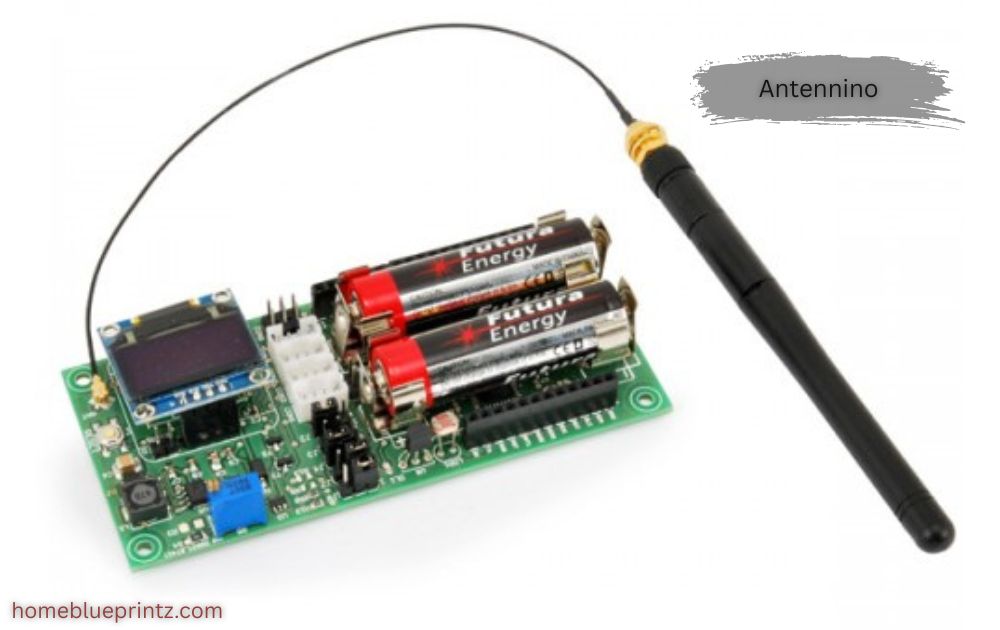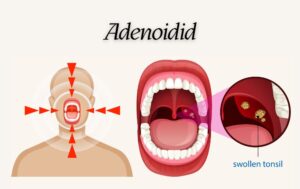Antennino: A Complete Guide to Understanding, Installation, and Direction
When you hear the word Antennino, you might think of technology, communication, or even marine life. Interestingly, the term bridges both worlds modern antennas for connectivity and Chaetomorpha antennina, a species of algae that resembles antenna-like strands. This article explores both the practical and fascinating aspects of Antennino from installation and signal direction to its biological counterpart in the ocean.
The Role of Antennino in Connectivity
In today’s digital age, antennas are essential for transmitting and receiving signals efficiently. Whether it’s your television, Wi-Fi, or mobile network, the antenna is the unsung hero ensuring seamless communication. Antennino products are designed to improve signal reception and minimize disruptions caused by environmental obstacles.
Understanding the Basics of Antenna Installation (Antennin Asennus)
Installing an antenna, or antennin asennus in Finnish, isn’t as complex as it seems. The process typically includes mounting the antenna on a stable surface, connecting cables properly, and ensuring alignment with the nearest broadcasting tower.
Steps for installation:
-
Identify the signal source direction.
-
Mount the antenna on a pole or wall.
-
Connect the coaxial cable to your receiver.
-
Fine-tune the direction until the best signal strength appears.
-
Secure all connections and weatherproof exposed parts.
Choosing the Right Location for Your Antennino
Location is key. Always install your Antennino where it has an unobstructed line of sight to the broadcast source. Avoid placing it near tall buildings, thick trees, or metal structures that can block or reflect signals.
For indoor use, try positioning the antenna near a window or higher elevation. For outdoor installation, rooftops and balconies usually provide the best results.
The Science Behind Signal Direction (Antennin Suuntaus)
Antennin suuntaus—the direction your antenna faces plays a crucial role in signal quality. A small angle change can drastically affect reception. The best approach is to use a digital signal meter to measure and lock in the direction where the signal strength peaks.
Think of it like tuning a guitar; when it’s perfectly aligned, the signal “sings” beautifully.
Common Installation Mistakes and How to Avoid Them
Even experienced users can make mistakes. The most common ones include:
-
Improper grounding: which can cause static or signal loss.
-
Loose connections: resulting in intermittent reception.
-
Ignoring weatherproofing: leading to corrosion and damage.
To avoid these, double-check your setup and ensure all joints are tightly sealed and secured.
A Look at Chaetomorpha Antennina
Interestingly, Chaetomorpha antennina shares a similar name but belongs to a completely different world—the marine ecosystem. This green algae species forms long, hair-like strands that resemble antennae, hence the name.
It plays a vital role in maintaining water quality by absorbing excess nutrients, such as nitrates and phosphates, from the environment.
Chaetomorpha Antennina vs. Other Macroalgae
Compared to other macroalgae, Chaetomorpha antennina stands out for its durability and efficiency. It doesn’t easily break apart, making it ideal for aquariums and marine refugiums. Unlike soft seaweeds, it maintains its shape and helps balance the nitrogen cycle naturally.
Environmental Significance of Chaetomorpha Antennina
In the ocean, this algae is more than just sea grass, it’s a natural filter. It supports biodiversity by providing shelter for small marine organisms and cleaning the water. Its presence in aquariums helps reduce harmful algae growth by competing for nutrients.
Combining Technology and Nature
It’s fascinating how the word Antennino connects two different yet parallel worlds—technology and nature. Just like an antenna captures invisible signals, Chaetomorpha antennina absorbs unseen nutrients. Both systems rely on fine-tuned balance to function efficiently.
Troubleshooting Antennino Performance Issues
If your Antennino isn’t performing well, start by checking:
-
Cable connections
-
Directional alignment
-
Signal source interference
A signal booster or amplifier can also enhance weak signals. When all else fails, consult a professional installer.
Maintenance Tips for Longevity
Routine maintenance can extend your antenna’s lifespan. Clean it occasionally to remove dust or debris, especially if installed outdoors. Check connections for rust and tighten loose bolts. It’s also wise to inspect after storms or heavy winds.
Modern Innovations in Antenna Design
The future of antennas looks smart, literally. Many new Antennino designs come equipped with automatic direction adjustment, AI-powered signal optimization, and compatibility with 5G networks. These upgrades make installation easier and performance stronger.
Sustainability and Eco-friendly Antenna Manufacturing
As the world leans toward sustainability, antenna manufacturers are adopting eco-friendly materials. Recycled aluminum, biodegradable packaging, and energy-efficient production methods are becoming standard in modern Antennino manufacturing.
Conclusion
Whether you’re installing an Antennino for better connectivity or admiring Chaetomorpha antennina for its natural beauty, both share a fascinating resemblance in purpose. They bridge the gap between technology and ecology—capturing what’s invisible yet essential for life, be it signals or nutrients.
FAQs about antennino
1. What does Antennino mean?
Antennino refers to antennas or systems related to signal transmission, though the term also appears in marine biology for the algae Chaetomorpha antennina.
2. What is Antennin Asennus?
It’s Finnish for “antenna installation,” referring to setting up an antenna for optimal signal reception.
3. How do I align my antenna correctly?
Use a signal meter or smartphone app to locate the nearest tower, then adjust the antenna’s direction (antennin suuntaus) until you achieve maximum strength.
4. Is Chaetomorpha Antennina good for aquariums?
Yes! It naturally absorbs nitrates and phosphates, keeping the water clean and balanced.
5. Can weather affect Antennino performance?
Absolutely. Rain, snow, and strong winds can interfere with signal strength, so proper sealing and maintenance are essential.
Share this content:














Post Comment